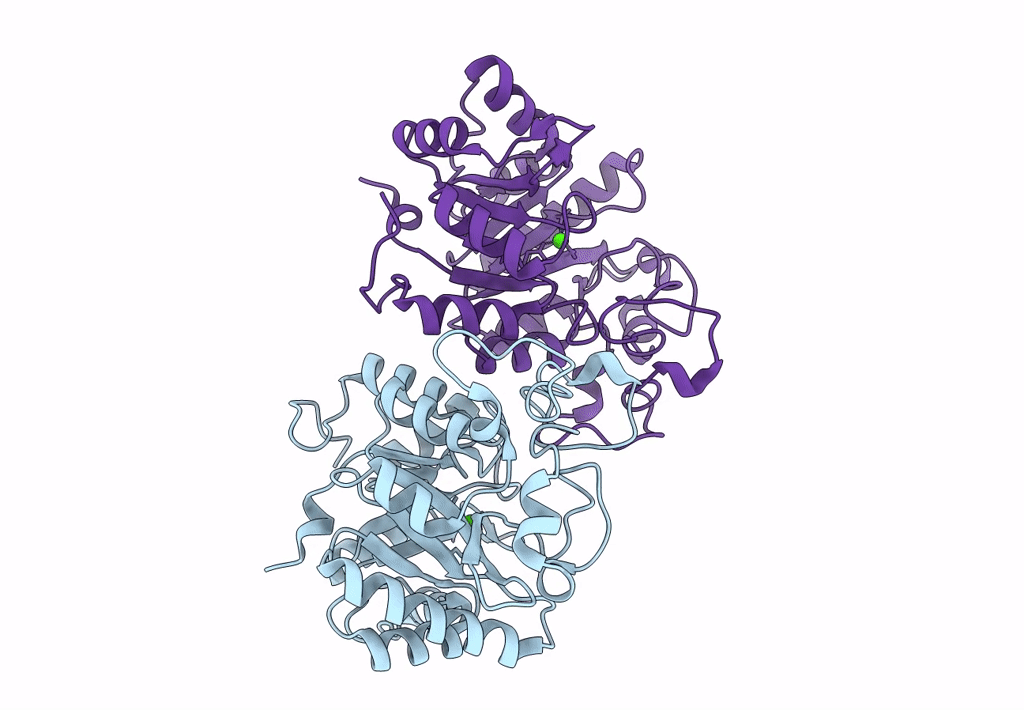
Deposition Date
2022-07-27
Release Date
2023-01-04
Last Version Date
2024-10-16
Entry Detail
PDB ID:
7YM0
Keywords:
Title:
Lysoplasmalogen-specific phospholipase D (LyPls-PLD) with Ca2+
Biological Source:
Source Organism:
Thermocrispum sp. RD004668 (Taxon ID: 1424779)
Host Organism:
Method Details:
Experimental Method:
Resolution:
2.91 Å
R-Value Free:
0.21
R-Value Work:
0.17
R-Value Observed:
0.17
Space Group:
P 43 21 2


